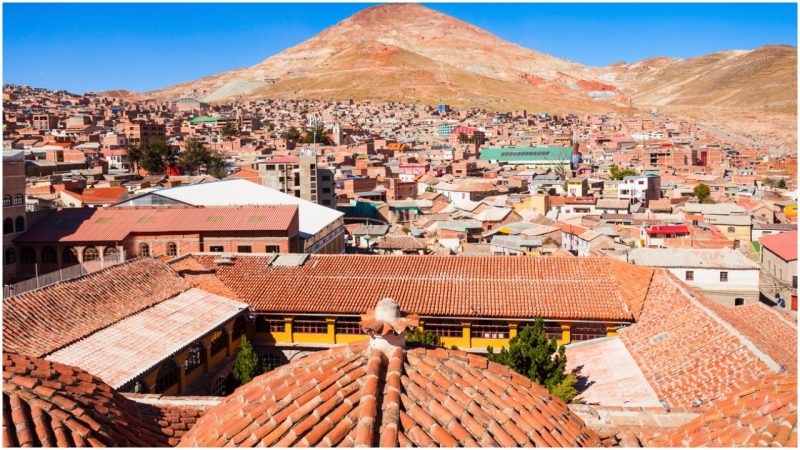Rising in Bolivia at an altitude of 13,420 feet, Potosí is one of the highest cities in the world. But this is not the only thing that makes the city amazing. Towering almost a mile above it is Cerro Rico (Rich Mountain), also known as Mount Potosí. Something is different about this mountain–it looks as if it were carved by the hands of men, and indeed it was. For centuries this Andean mountain has been the largest source of silver in the world. It is made of silver, as the locals say.
There is a legend about how this mountain got its name. The story goes that in 1462 Huayna Capac, the eleventh king of the Inca empire, went on a trip around his lands and saw Mount Potosí. He told his subjects that the mountain probably holds a lot of silver and ordered them to mine it.
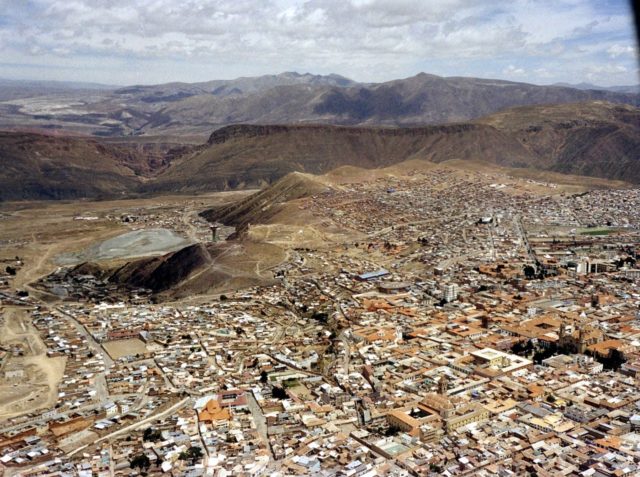
When they tried to dig and gather the silver, there was a huge thunder-like explosion that shook the whole mountain. The frightened miners returned and told the king what happened, using the word “potocsí” (noise) for the thunderous sound. The king said that this mountain should be left alone, because it was meant to belong to another master. About 80 years later, new “masters” really appeared in the region, but they came from far away.

The story of silver-mining in Potosí begins in the 16th century when the Spaniards discovered the mountain and saw its huge potential. Soon, this extinguished volcanic dome became active again. The small mining town of Potosí was founded in 1545 and it eventually became a huge city with around 200,000 inhabitants, most of whom were indigenous Andeans working as miners.
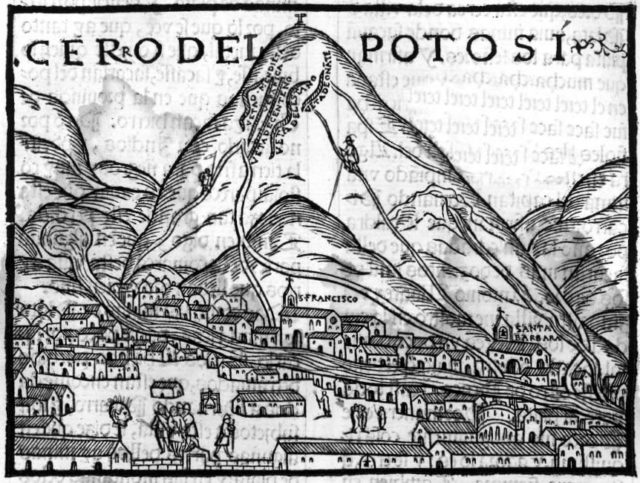
Soon Potosí became the hometown of the Spanish Colonial Mint, the first mint in the Americas, and it stayed like this for centuries. The Cerro Potosí silver veins were so rich that it is estimated that 60 percent of all the silver in the world during the 16th century came from Potosí. This is probably why the expression “vale un Potosí” (which is still in use), which means “to be worth a Potosí,” was invented. Potosí was very important to the Spanish, and it entered their popular culture at the time. Miguel de Cervantes mentions Potosí in Don Quixote, describing it as a place of “extraordinary richness.”
The town of Potosí became the second largest city in the Americas, all because of the huge mineral deposits, the cheap and simple production process of silver, but most of all because of the hard-working local miners whose labor the Spanish used through the Incan “mita” system of contributed labor. Mita workers were given the worst possible jobs and a huge number of them died in the mines due to pneumonia, rockslides, or mercury poisoning during the refining process.
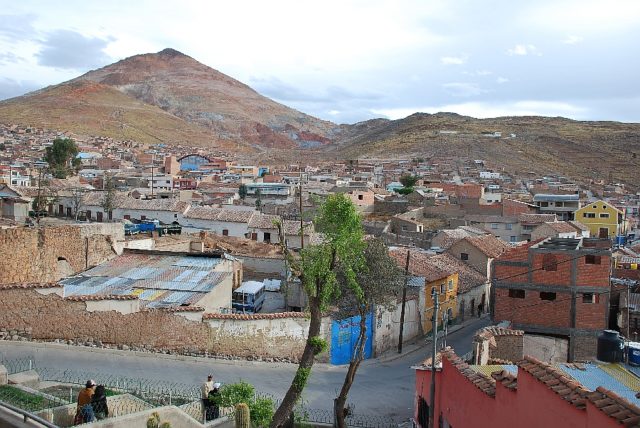
Besides the “mitayos” (mita workers were treated almost as slaves), there were also “mingas” who worked under a contract. Nevertheless, all of the native workers were exposed to very hard conditions and had a short life span. Because of the increase of deaths in the mines, in 1603 the Spanish started bringing in up to 2,000 African slaves per year as the replacement labor force. About 30,000 slaves were brought to the mines of Potosí, most of whom lost their lives. Because of the high death toll (even today), Cerro Rico is also known as the “mountain that eats people.”
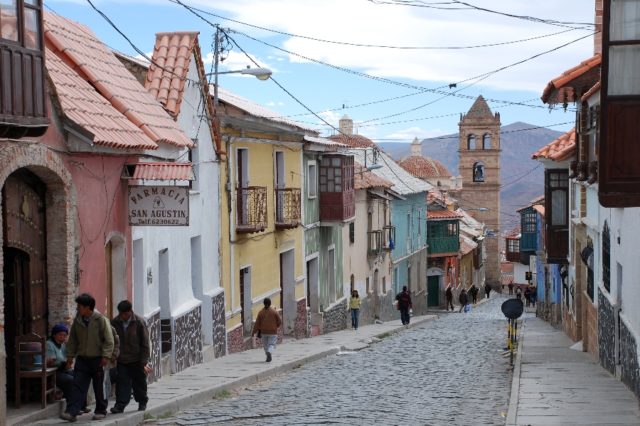
To keep the miners frightened and therefore more productive, the Spanish introduced them to the concept of the devil. They told the poor miners that if they did not mine efficiently, the devil would take them. But the locals managed to cope with this situation. They made the devil into a god that helps miners and they married him to Pachamama (the mother goddess). Because there is not a letter “D” in the local language around Potosí, the devil became Tio. Deep in the mines, they built many shrines to Tio. For a certain offering, Tio helps the miners find more silver.
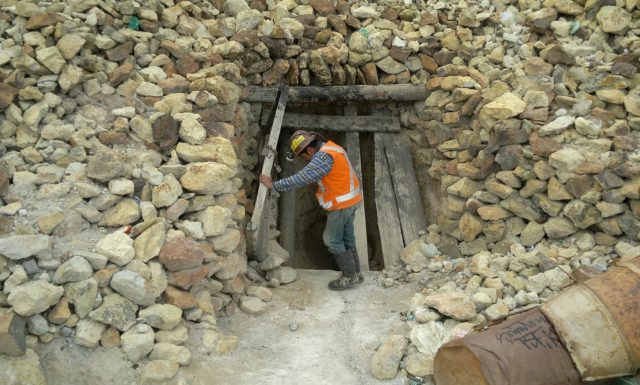
The Spanish crown received the main benefit from the silver produced at Potosí. They collected the silver and took taxes from all the entrepreneurs who wanted to open mines. It is estimated that more than 60,000 tons of silver were extracted from the Potosí mines by 1996, and it is important to note that the mines are still in use. Cerro Rico is not only rich with silver, it also possesses zinc and tin ores. So when “silver fever” started to slowly decline after the 1800s and demand for silver around the world fell, the miners in Potosí started mining for tin.
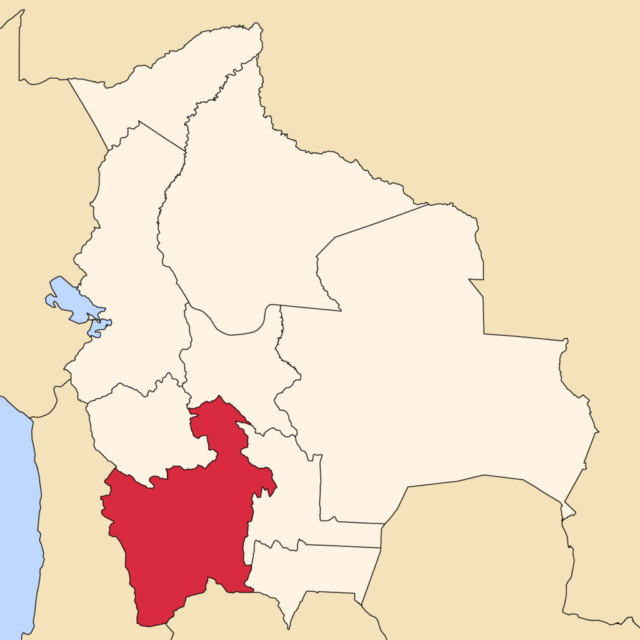
Today it seems that nothing has changed. Miners still work in the shafts and the working conditions are still much the same. There are around 15,000 workers risking their lives every day in the mines of Potosí, working with no protection, exposed to the rocks and dust and gas poisoning. The only difference today is that the ore (mostly zinc) doesn’t go to the Spanish crown. The miners are working on their own, alone or organized in cooperatives.
Read another story from us:Zhangye Danxia: A Chinese national park with stunning rainbow mountains
Cerro Potosí, which is declared as a UNESCO world heritage site, serves as a symbol for humanity’s thirst for power. If we need something, we are apparently ready to dig through a whole mountain
